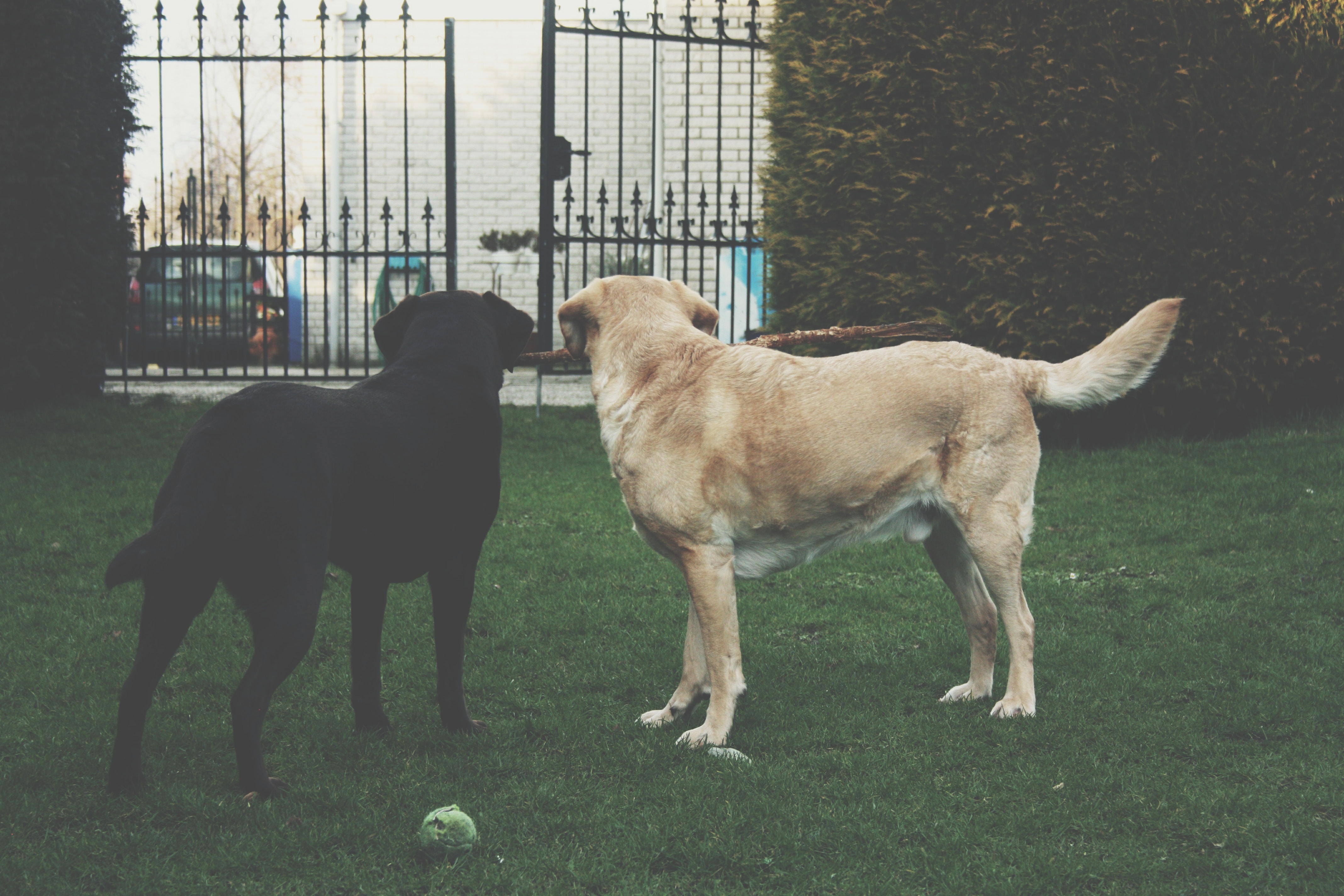Satisfy the senses – how sensory gardens can help your dog find their zen
April 03, 2020Ever heard of a sensory garden for humans? Why not a sensory garden for dogs!
This latest trend for our canine comrades is an easy (and perhaps unexpected) way to help keep their mental health in check.
As dog owners, we tend to focus more on the physical appearance and fitness of our furry friends. It’s easy to tell if your fur baby needs a good brush, or to know if they are getting sufficient exercise each week. Yet we often overlook whether our darling dog’s mind is healthy and happy too!
A sensory garden is one of the best ways to ensure your precious pup is getting all of the mental and physical stimulation they need to live a happy, healthy life.
Our Dog Care and Behaviour Team Leader, Sam Margrave, has shared her top tips on setting up a sensory garden in your own backyard.
As Sam highlights, “It’s important to look at what recent research shows. Dogs need mental stimulation, it shouldn’t just be about exercising your dog.”
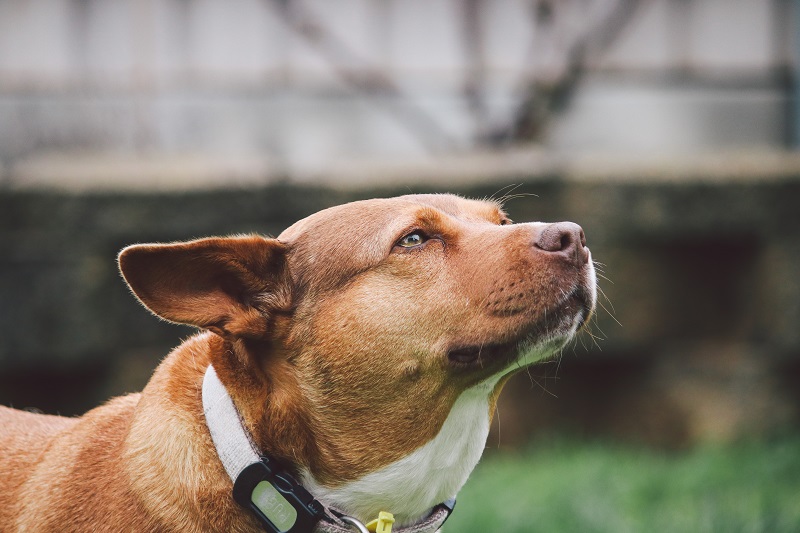
What exactly is a sensory garden?
For those of you who may still be wondering what a sensory garden actually is, picture all of the senses that your dog has.
Smell, sight, sound, touch and taste.
A sensory garden is a specifically designed space which stimulates and heightens all of these senses, and helps to enrich your pup’s life.
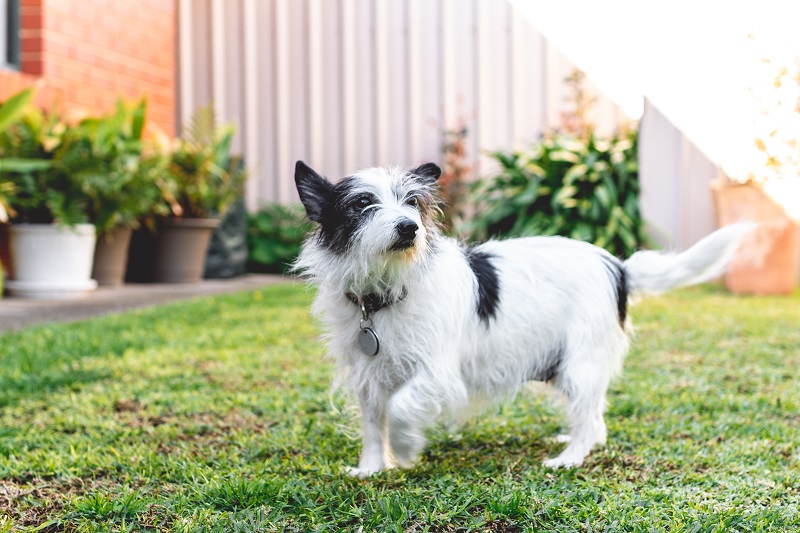
Does size matter?
A sensory garden can be as big or as small as you like. A great option would be to start small and let your (or your pup’s) space grow over time.
“The garden has no size specifics, but consideration should be taken as to the size of your dog and how quickly they move around from one space to another,” recommends Sam.
As your dog becomes more familiar with their sensory play-land, you can start to expand the area. If they are a young pup who will grow into a larger dog, then try to increase the space as they grow.
“Really take the time to watch your dog and work out what their preferences are.,” says Sam.
“That way, the perfect sensory garden can be created for their needs. Of course, don’t forget it can always continue to be worked on as your dog’s preferences change.”
Location, location, location
Ideally, we recommend finding a suitable space in your backyard which you can turn into a sensory wonderland for your precious pooch.
The space does not have to be outside, but it helps to be able to grow a bunch of wonderful plants and for your pup to be able to roam freely, so keep that in mind when deciding on the space.
As Sam recommends, you should also have the option to keep your tail-wagger away from their sensory garden at certain times, so be sure to choose an area which can be separated from their usual hangout.
“The garden should be an area which is used at a specific time and not always available,” Sam tells us
“If it is always available, the things within it should be changed to enable it to continue to be interesting and enriching.”
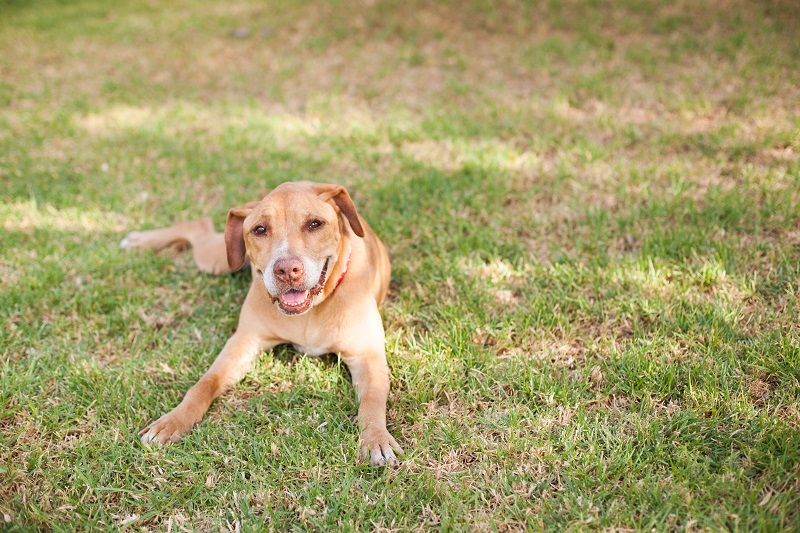
What to include in your garden
When creating your sensory garden, think about anything that your pup might find interesting.
Remember – it’s about satisfying all of their senses, so consider items that smell, taste, look, feel or sound interesting and unique. These should give them the stimulation they need.
Your sensory garden doesn’t have to break the bank either! Sam suggests even using other odd household objects that you might be able to pick up at your local op shop or garage sale.
The idea is to create as many textures and surfaces as possible for you dog so that they can explore and investigate to their heart’s content.
“Clam shells for paddling, clam shells with sand or dirt for digging, plus other garden objects like pine-cones, bamboo, rocks, logs, textured paths and surfaces, seating, tyres, and ramps are all great and cost effective options,” says Sam.
Including some larger objects to encourage agility and physical movement are great too, and can allow your pup to get rid of some excess energy!
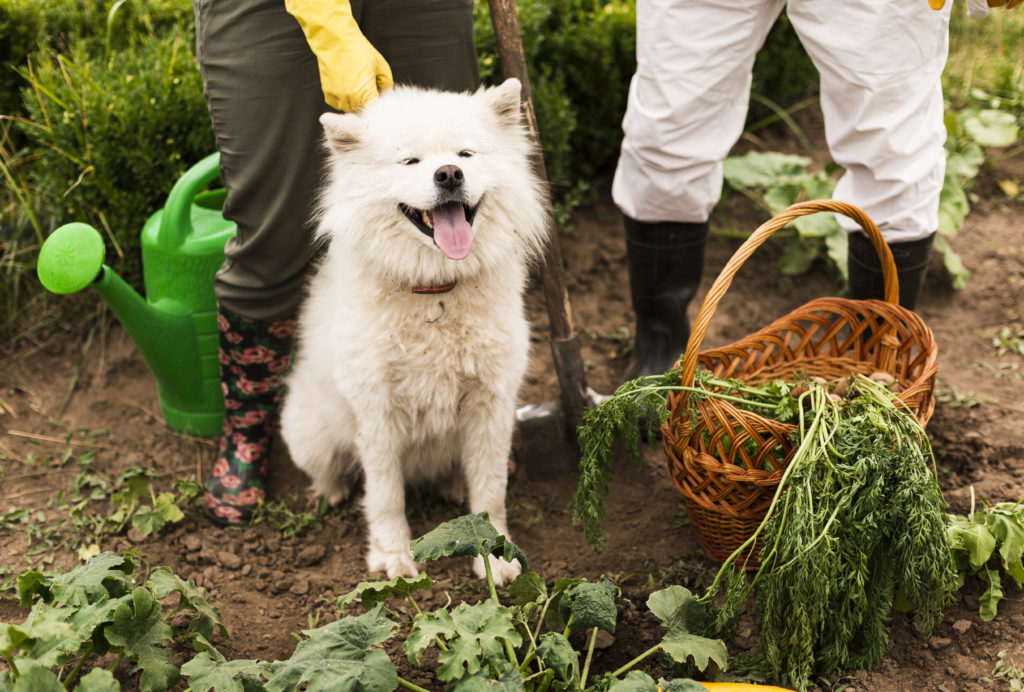
Add a touch of greenery
If you have a green thumb, plants are a great option, with the added bonus of making your garden smell and look beautiful.
Take care when choosing your plants as you don’t want anything that is not pet friendly. To make it easier for you, Sam has kindly given us a list with loads of pooch friendly plants.
Read all about which plants are best to include in your canine’s place of zen here (disclaimer: you totally don’t have to include all of these – perhaps just choose whichever ones you feel will be most beneficial for your pup).
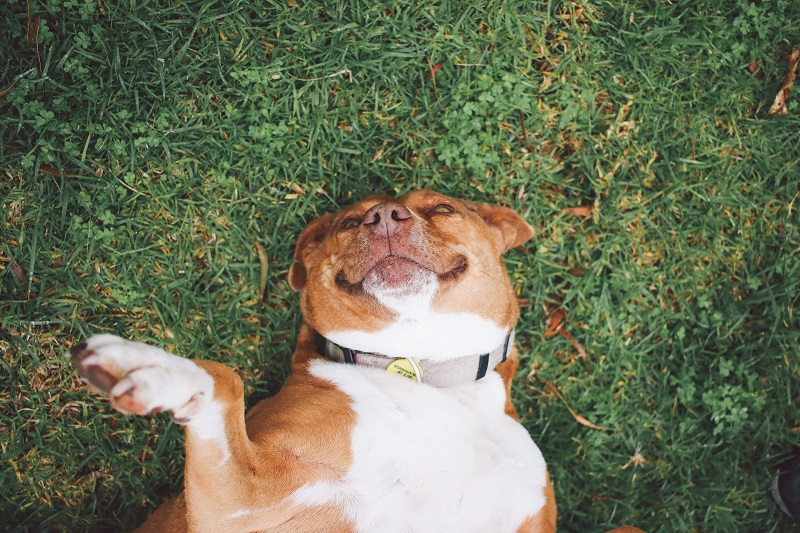
‘A sensory garden allows your dog to use their brain’
By creating a sensory garden for your pup, you are giving one of the best possible gifts – and may indeed see an improvement in your best friend’s overall wellbeing.
“A sensory garden has multiple benefits for dogs,” says Sam.
“It can be a relaxing place for your pooch to visit, which helps to lower their stress levels. It can also allow them to interact in the environment at their own pace.”
One of the best parts is that sensory gardens can be designed to suit a specific dog’s requirements and preferences.
If your canine counterpart likes to dig, then give them a sandpit. If they like to sniff, then give them a garden of fragrant plants.
Sam says, “A sensory garden allows your dog to use their brain, which is extremely beneficial.”
“They can also gain confidence from having access to a sensory garden if it is designed to accommodate this curiosity.”
Not only are sensory gardens great for your dog, but they can be totally beautiful to look at and filled with an array of plants that are helpful to us humans too!
For more tips and tricks from RSPCA experts about how to care for your dog and provide enrichment, head over here. And if you have a beautiful sensory garden that your dog loves, be sure to share with us in the comments below!


